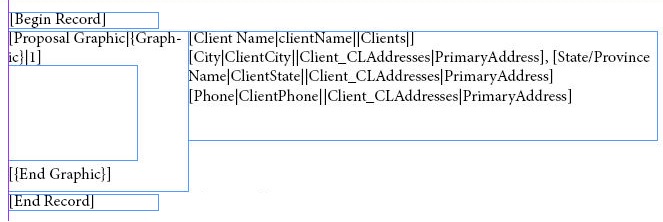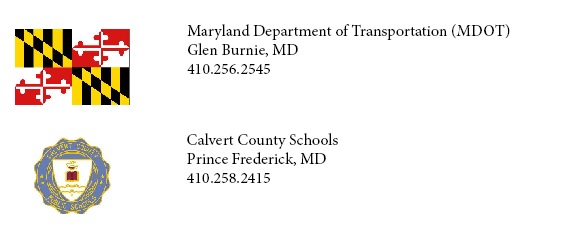Merge Code Dialog Box
Use this dialog box to add merge codes to a merge template that you are creating in Adobe InDesign within Ajera CRM.
This dialog box applies when you add a new InDesign merge template or update an existing InDesign merge template.
The merge codes identify the Ajera CRM database fields that you want to include in a merged document.
On this dialog box, you also select the formatting for Ajera CRM fields that can be formatted.
Location
To display the dialog box, complete the following steps:
- From the Ajera CRM Navigation menu, click .
- On the Merge Templates form, enter an Info Center area for the merge template that you are adding or updating.
-
Do either of the following:
- On the Merge Templates grid toolbar, click Add and then click Create Adobe InDesign Template to create a new InDesign template. On the Add Merge Template dialog box, enter a description for the template, and click OK.
- Select an existing InDesign merge template in the Merge Templates grid, and click Update on the grid toolbar.
Contents
Fields
Field Options Section
Format Section
Various formatting options display in this section, depending on the specific field or type of field that you select from the Field field drop-down list.
The formatting options affect how the specific fields display in merged documents that are produced by the InDesign merge template. Fields that contain number, date, and currency fields can be formatted.
No format options available for this field
When you select a field that cannot be formatted, "No format options available for this field" displays in the Format section. An example of a field that cannot be formatted is the Project Manager Name field.
Ajera CRM memo fields cannot be formatted in the Format section. Some formatting from the Ajera CRM Text Editor carries over from a Ajera CRM memo field, and you can also apply some formatting in InDesign.
In the Format section field description list that follows, the fields are grouped together by the specific field or the type of field that you enter in the Field field:
- Proposal Graphic (an individual field)
- Currency or Number fields
- Currency Fields only
- Date fields
Proposal Graphics
When you select Proposal Graphic from the Field drop-down list, the following Graphic Number field displays in the Format section. Use the Proposal Graphic merge code to add graphics frames to a merge template. Then in Ajera CRM Custom Proposals, you can insert one or more graphic into a custom proposal section that uses the merge template.
Currency or Number Fields
The following fields display in the Format section when you select a currency or number field from the Field drop-down list:
Date Fields
The following fields display in the Format section when you select a date field in the Field drop-down list:



